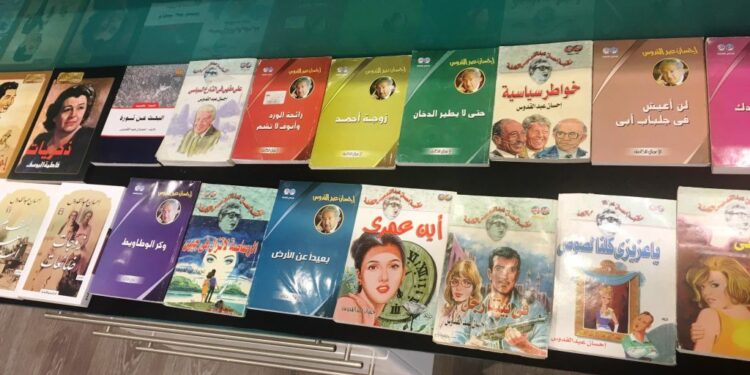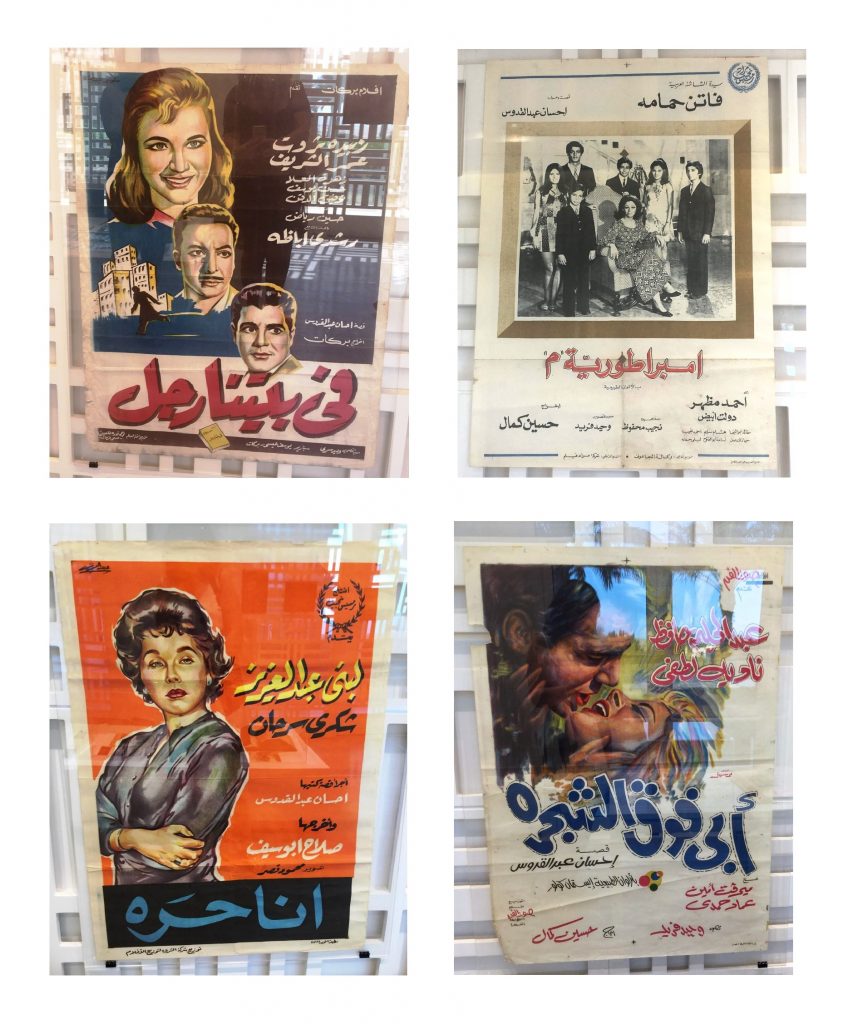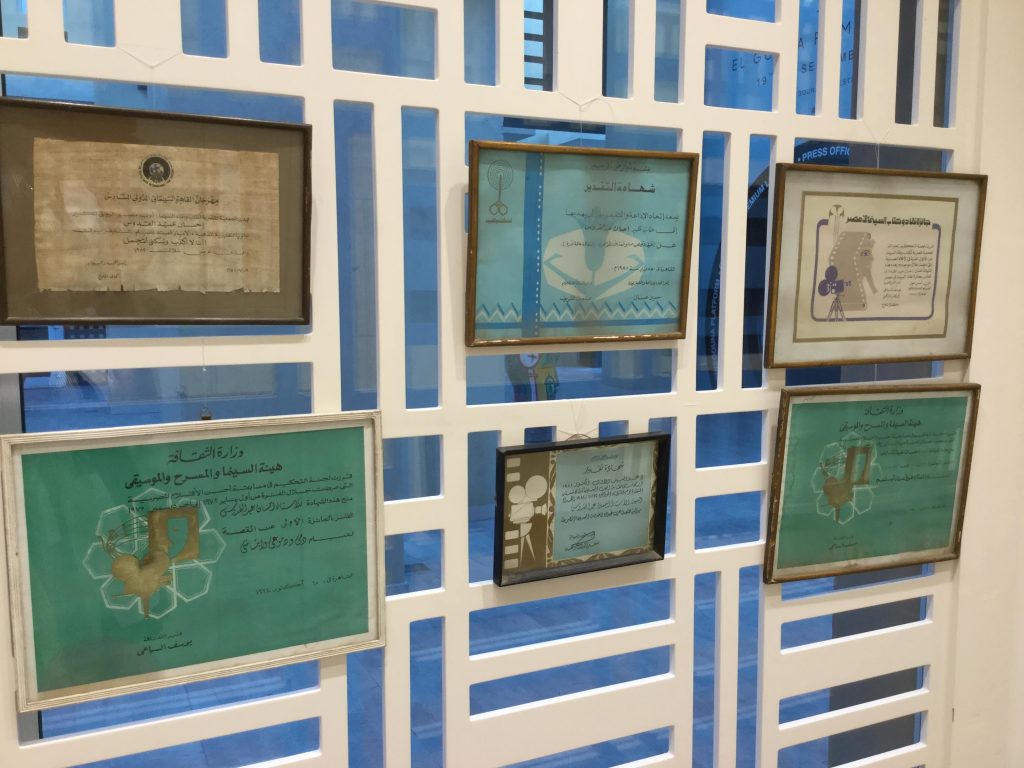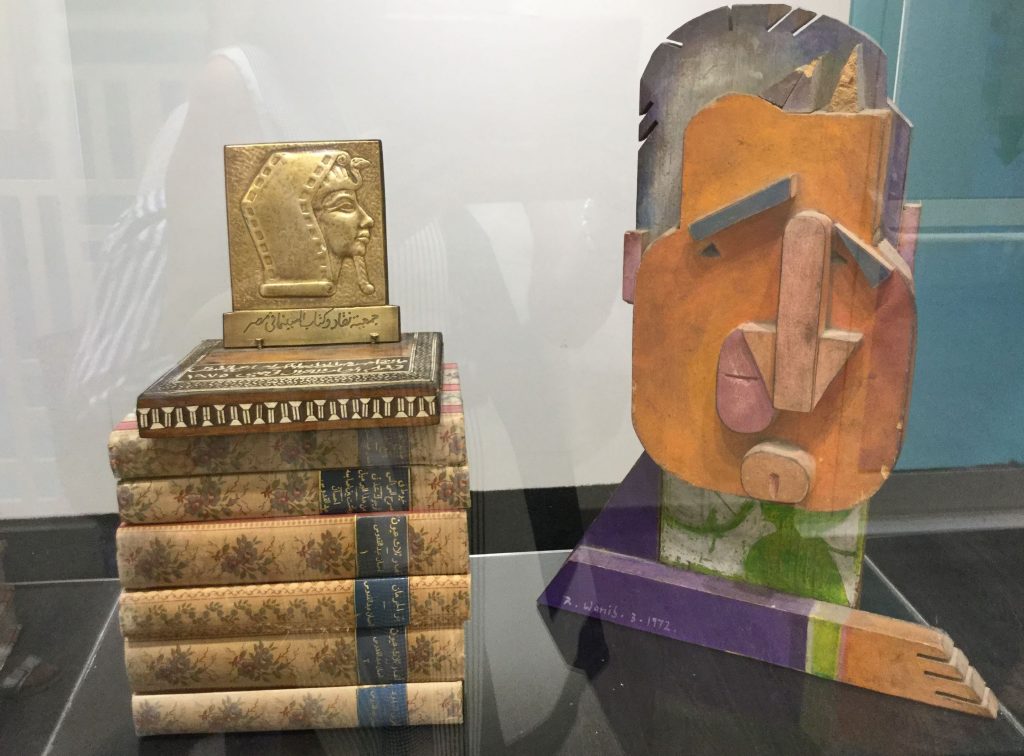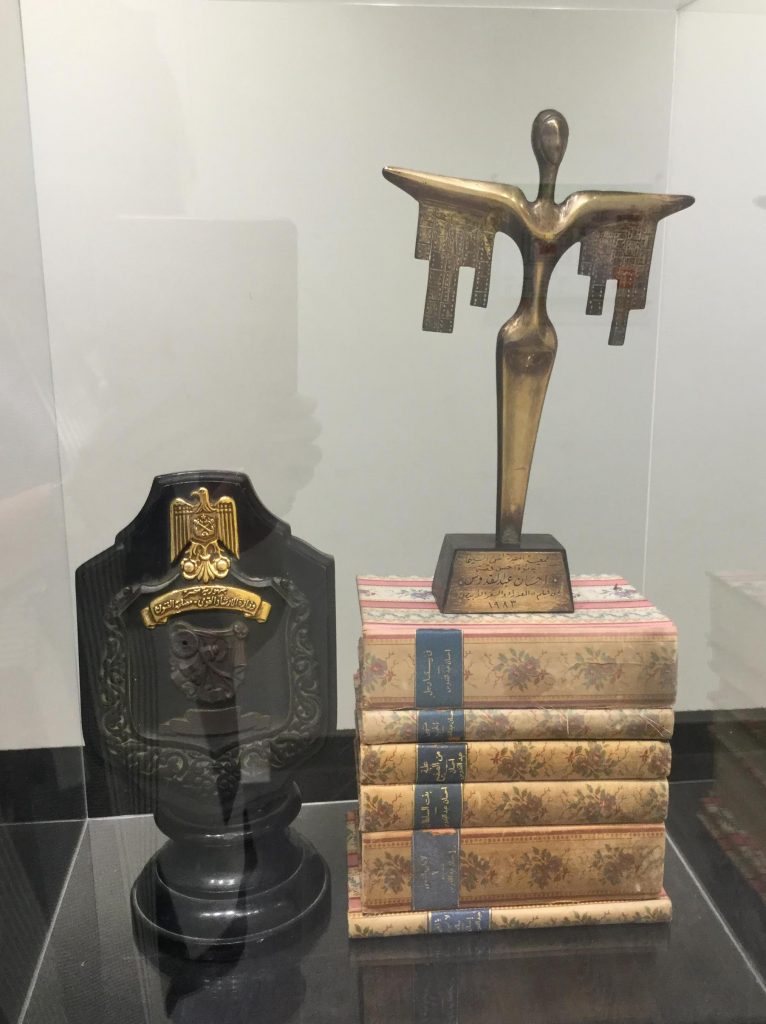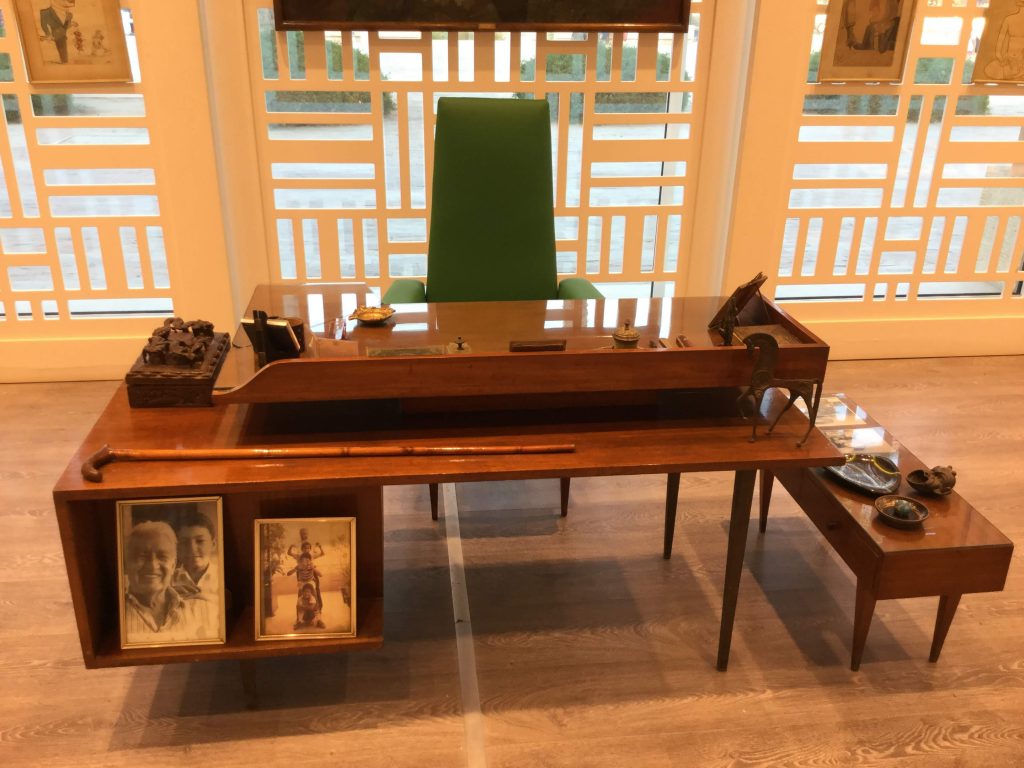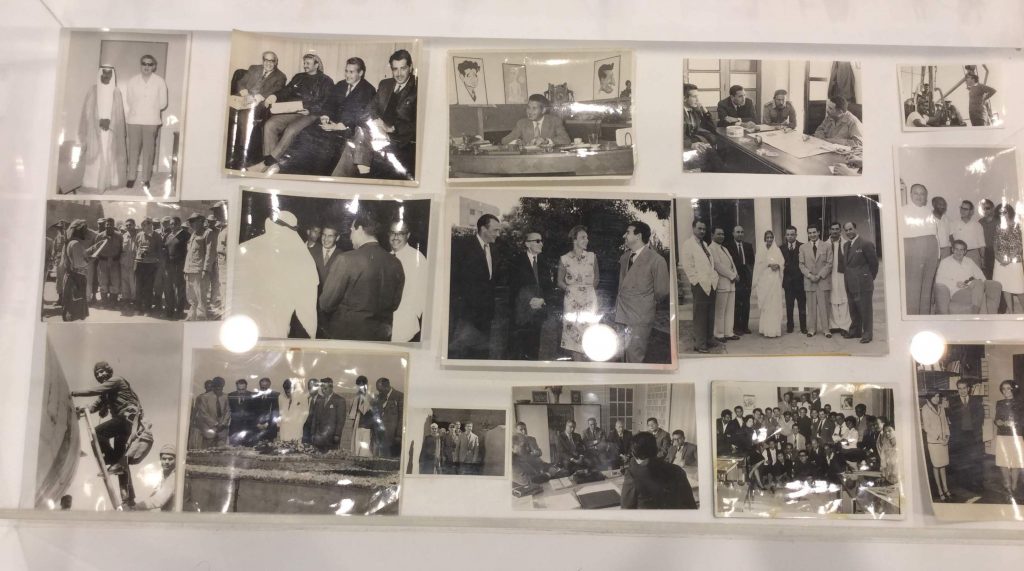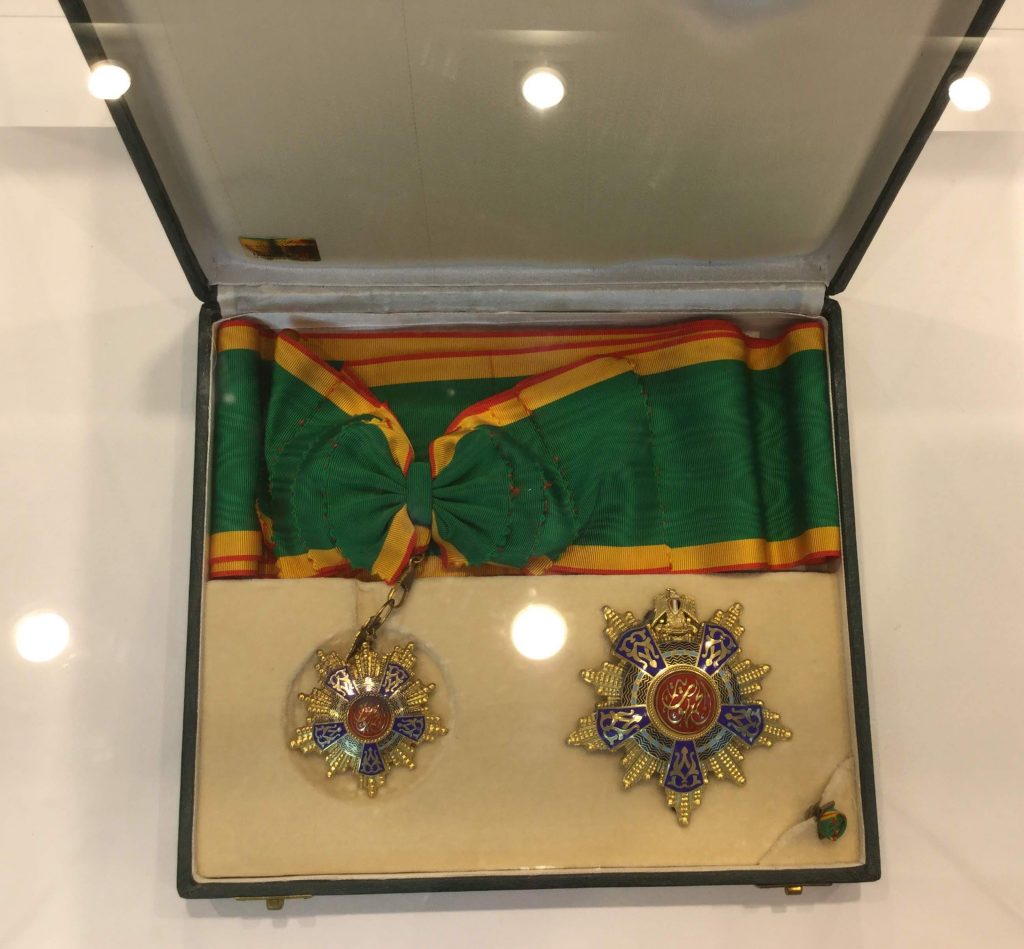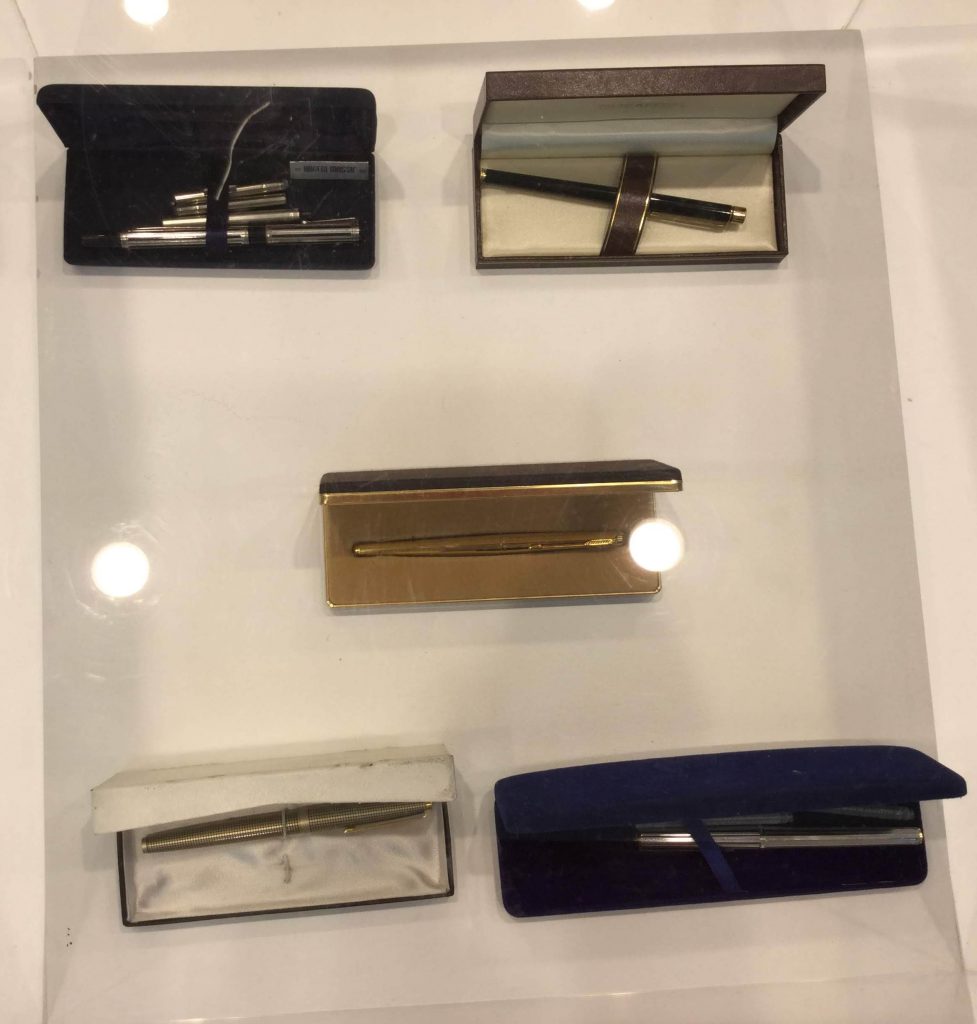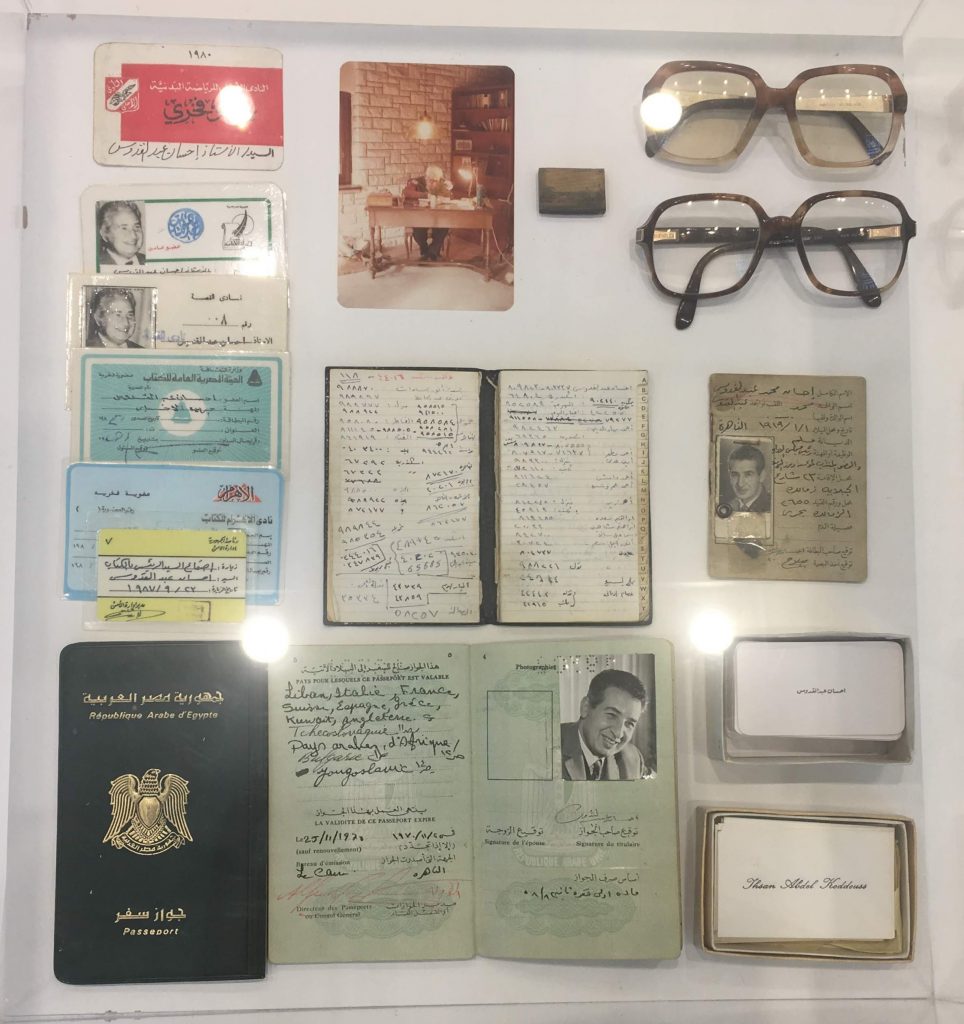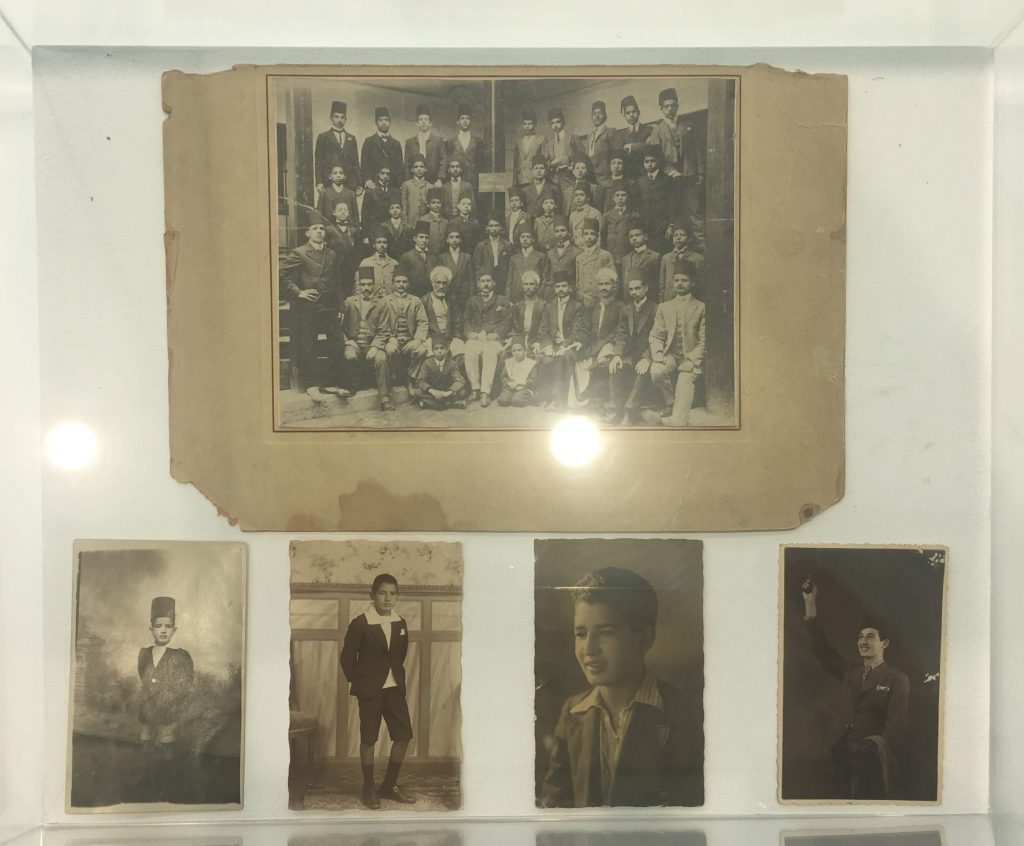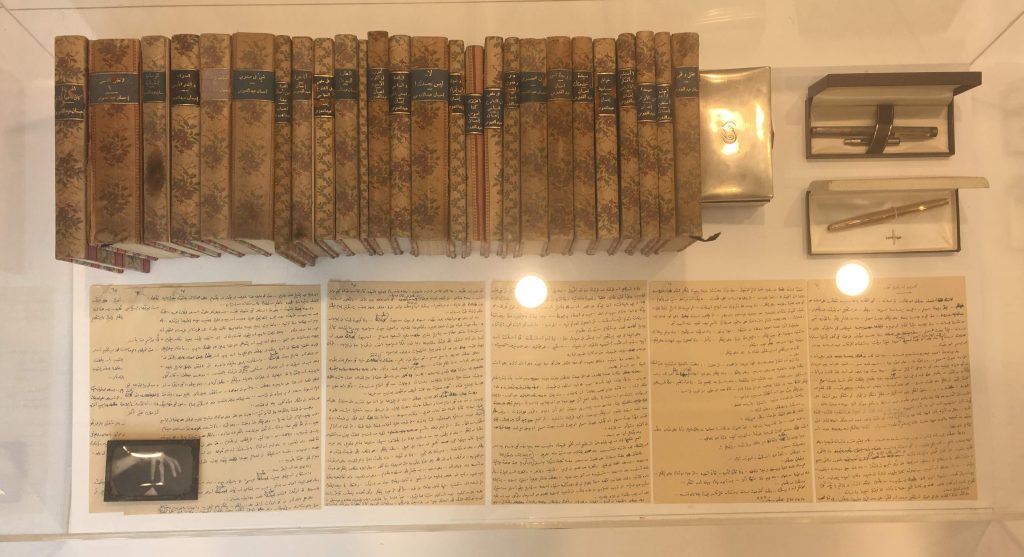The El Gouna Film Festival (GFF)is committed to celebrating cinema in its various aspects, highlighting the important contributions not only of directors and actors, but also writers, technicians and criticisms.
To this end, and on the occasion of the centenary of the birth of the writer Ihsan Abdel Quddous (1919 – 1990) The GFF organized a retrospective exhibition to commemorate this Egyptian legend. This writer, novelist, screenwriter, journalist and editor -in -chief is the author of a large number of novels, including The autobu thiefs or I’m free (Ana Hurra)which brought to the screen in 1959, with Lobna Abdel Aziz and Chokri Sarhane in the main roles, had caused a scandal by his feminist ideas and his apology for freedom.
Ihsan Abdel Quddous wrote more than 600 stories, articles, scenarios and novels, five of which were adapted in theater, nine in radio series and ten in television series, including the very famous LAN A3ESH FE GELBAB ABY In 1996, with Nour Sherif and Abla Kamel in the main roles. Sixty five of his novels were translated into English, French, German, Ukrainian and Chinese.
Forty nine of the novels of Ihsan Abdel Quddous were adapted to the cinema – a record among the Arab writers. Among them we can cite the very famous feature films El Wessada El Khalia (1957), Fi baitina rajul (1961), Abi Foq Al-Shagara (1969), Emberatorist Meem (1972), Al-Rasassa la Tazalu fe Gaibi (1974), El-raqesah wa el-tabbal (1984) and Al-raqissa wa-l-siyasi (1990). The greatest actors in Egyptian cinema have held important roles in these films, such as Abdel Halim Hafez, Omar Sharif, Faten Hamama, Nadia Lotfi, Ahmed Zaki…
Film posters inspired by novels by Ihsan Abdel QUDDOUS
During the preparation of the exhibition, GFF officials had discovered in the writer’s house, a multitude of personal objects such as furniture, magnificent paintings, handwritten documents, rare photographs, pens, trophies, books, identity papers, etc. His family agreed to lend some of these objects in order to present them to the public.
Certificates, diplomas and prizes won by Ihsan Abdel QUDDOUS
A trophy and a sculpture representing Ihsan Abdel QUDDOUS
Two trophies won by Ihsan Abdel QUDDOUS. (/CACTION)
The office of Ihsan Abdel Quddous in his house.
Photos of Ihsan Abdel QUDDOUS
Ihsan Abdel Quddous medals
Ihsan Abdel Quddous pens
Ihsan Abdel Quddous ID glasses and identity papers
Photos of Ihsan Abdel Quddous Young
Books and a manuscript of Ihsan Abdel QUDDOUS
According to Intishal Al Tamimi, director of the GFF, the initial idea was to expose only posters of the adapted films of the books of Ihsan, but that then, discovering all these objects belonging to the author, it was decided to extend this retrospective and to make it a kind of “expo-museum”. He also assured, always with the aim of preserving and preserving the cinematographic heritage of Egypt, that this experience will be renewed with other authors during the next editions.
Attended the opening Samih Sawiris founder of the city of El Gouna, Naguib Sawiris founder of the festival, their father the businessman Onsi Sawiris, AMR Mansi and Bushra Rozza, co-founders of the festival, Intishal El Tamimi, director, Ahmed Abdel Quddous, the son of the writer, the actress, Al Deghedy, and other film personalities.
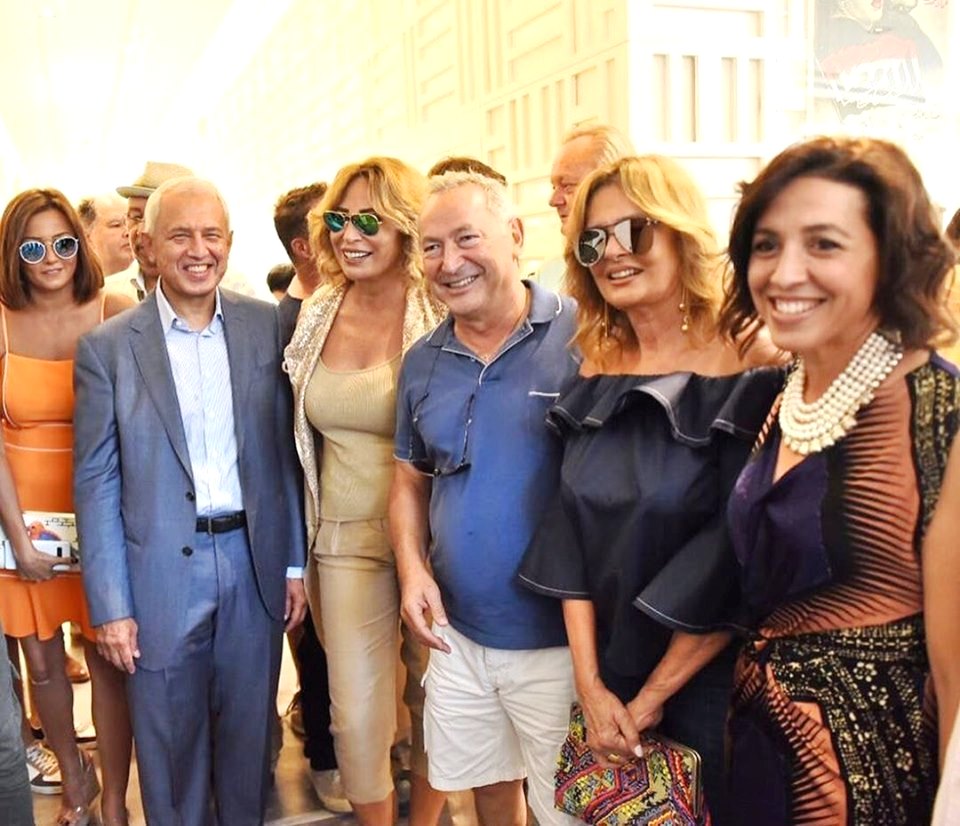
In addition to this exhibition, the film Beer al Herman (1969), whose scenario was co -written by Ihsan Abdel Quddous was scheduled during this edition III of the GFF. Five pages of the official catalog were also devoted to him.
For almost four years that I have been attending the film festivals that have taken place in Egypt, I have always been impressed by this desire among the Egyptians to perpetuate the memory of their cinema and their artists and transmit this heritage to the new generations. Each festival are organized tributes, exhibitions (As for example to commemorate the 40th edition of the Cairo International Film Festival – CIFF – in November 2018), discussions or masters classes to which are invited various artists (actors, directors, technicians, etc.) to tell either their personal experiences and memories, or to speak of a missing artist. In 2018 for example, several festivals, whose GFF paid tribute to Youssef Chahine on the occasion of the 10th anniversary of his death.
Books are often distributed to festival -goers. Besides, the CIFF, in 2018, distributed among others, a book dedicated to Ihsan Abdel Quddous. In fact, over the years, the various Egyptian festivals have offered several books, including for example on directors Mohamed Khan and Yousry Nasrallah, on the critic Samir Farid who died in 2017, on actors Omar Sharif, Khaled Salah…
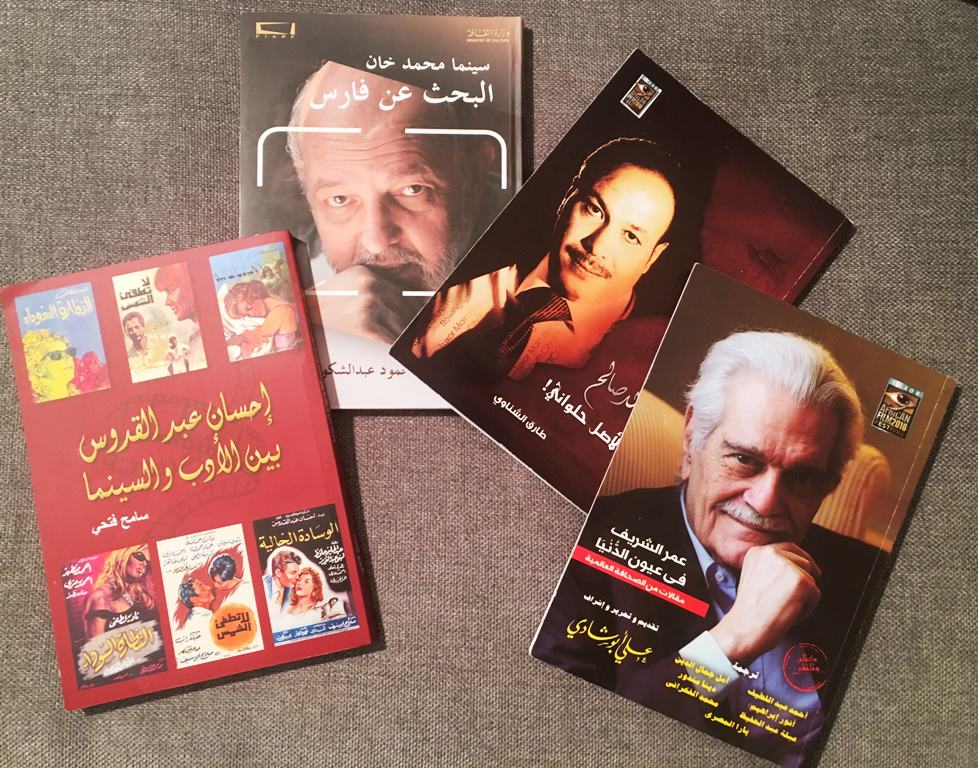
Where are we in Tunisia of this preservation of our cinematographic memory? It is true that our cinema is much younger than Egyptian cinema, but why do we do almost nothing to transmit it to young generations?
The Cinémathèque de Tunis does some tests, such as by organizing a retrospective dedicated to Claudia Cardinale. But is it enough?
Why did the JCC plan for example plan to commemorate their fiftieth anniversary in 2016? Why not an exhibition of posters from all editions of the Festival from 1956 to 2016? Why not photos, newspaper cuts, catalogs, etc.?
Why are our artists not invited to tell their experiences and their memories? When they have disappeared, it will be too late, they will take part of our history with them.
We can still salute the Manarat festival which last July distributed some books on Tunisian cinema, of which Tunisian cinema of yesterday and today of Tarek ben Chaabane. I hope this is a start and that during the next Tunisian festivals, part of the program will be devoted to the preservation of our cinematographic heritage.
Neïla Driss


